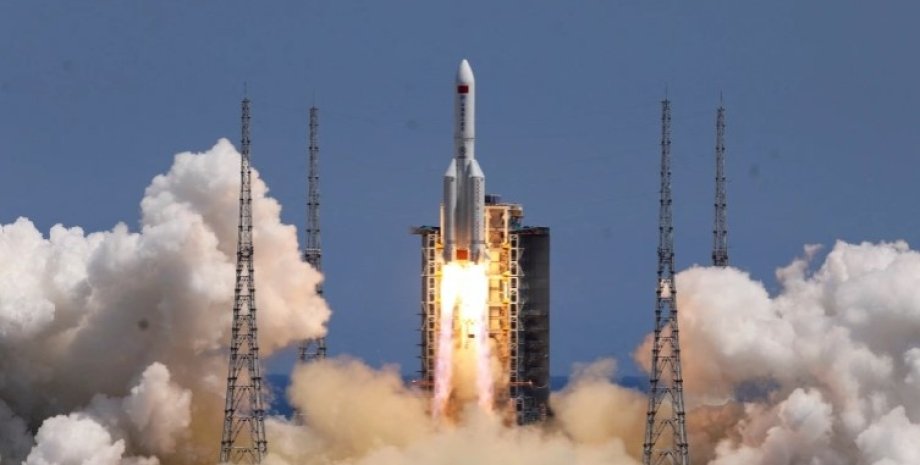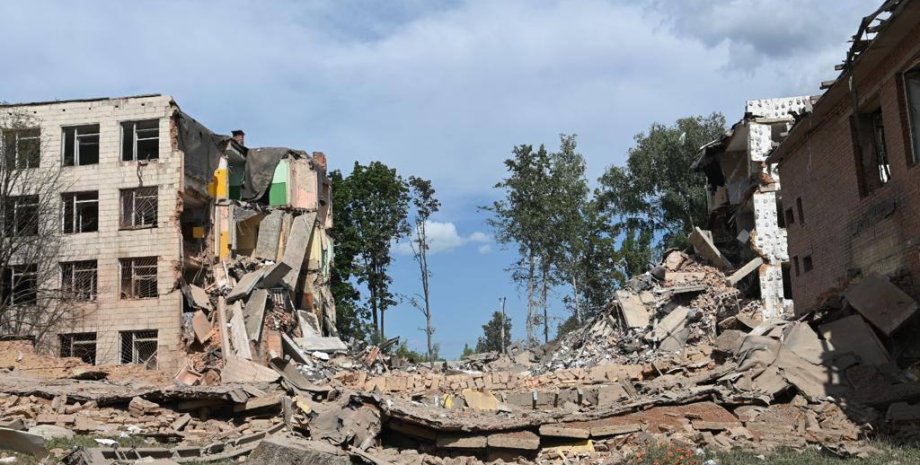
 By Victor Duda
By Victor Duda
For several days, the Philippine Space Agency has been following the development of events that have been associated with the fall of the fragments of a new powerful Chinese Changzhen-7 missile. China did not provide controlled rocket residues into the atmosphere, so there is a threat that these fragments would fall somewhere in the Philippines.
As a rule, rockets are managed after they send a healthy load into the orbit, and burn in the atmosphere over a predefined region of the Earth, such as an uninhabited area of the ocean. But after the Changozhen-7 rocket launched the satellite in orbit, the wreckage continued to circulate around the Earth, and it is unclear when and where they would go into the atmosphere again.
The Philippine Space Agency said it was watching the rocket's debris and determined that space debris could fall approximately 71 kilometers from the Philippine Municipality Burgos or elsewhere about 52 kilometers from Santa Ana. The space agency believes that these fragments are unlikely to fall into land objects or settlements in the Philippines, but they pose a significant threat to ships, planes, fishing boats and other ships in the fall zone.
"No fragments that have been found have not yet been detected and have not received reports of injuries or damage. That is, the debris has fallen elsewhere, or still circling around the Earth," said Tryshi Zofra, a representative of the Philippine Space Agency on September 15. The agency urged the public to immediately inform the local authorities if they found probable debris in the sea.
This is not the first case of uncontrolled entry of the fragments of the Chinese rocket into the Earth's atmosphere. As Focus has already wrote, on July 30 this year, the remains of Chinese 5b Chinese missile fell in the Philippine waters, and some rocket fragments were also discovered in Malaysia and Indonesia. It is known that the fragments of the rocket fell near settlements, but there were no casualties among the population.










All rights reserved IN-Ukraine.info - 2022